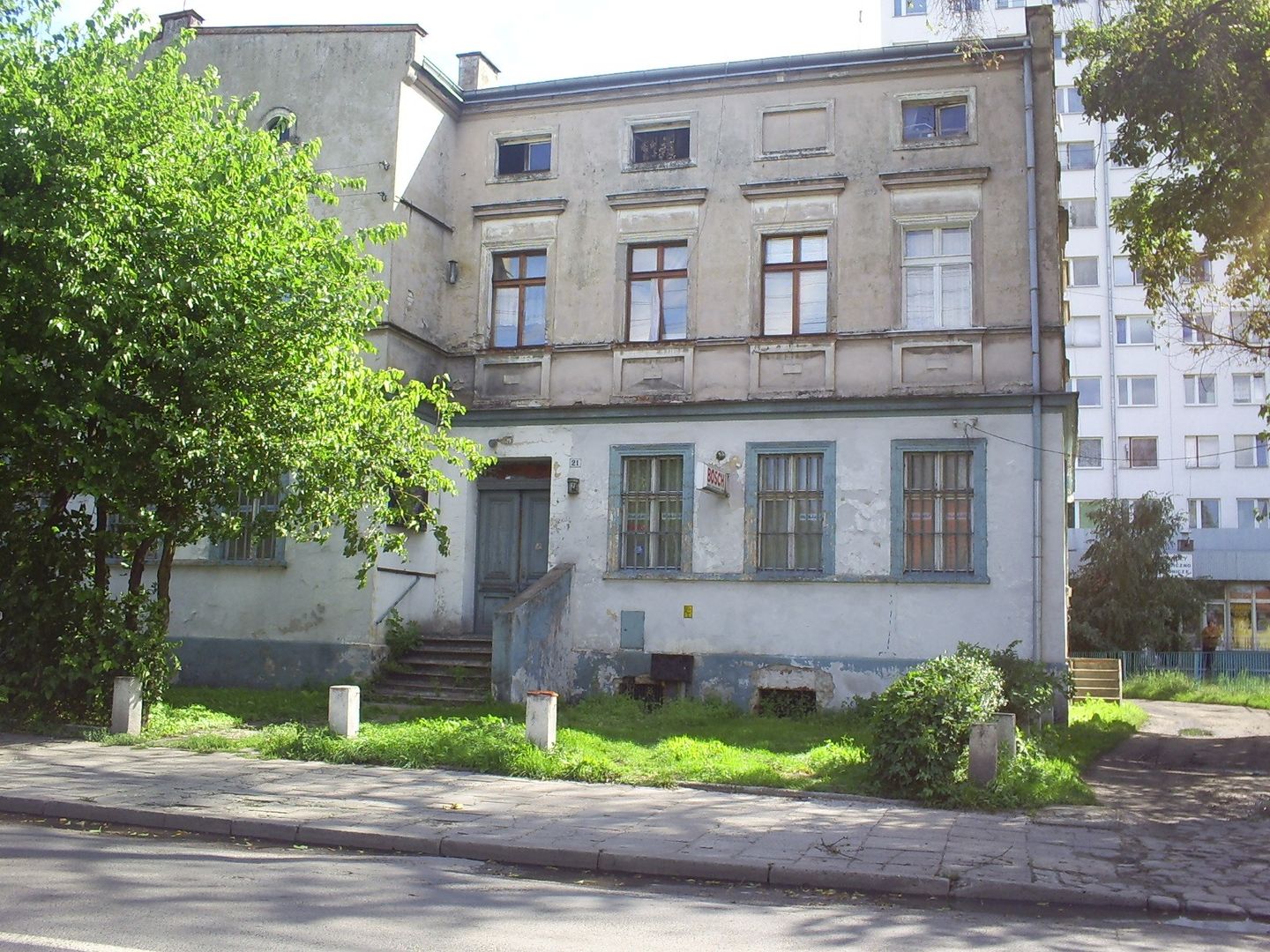Zakrzów
6.34

Overview
Zakrzów, now part of the Wrocław district of Psie Pole-Zawidawie, boasts a rich history dating back to the 4th century BCE. Excavations in 2008 and earlier tomb discoveries from 1886 confirm that the area was inhabited as early as ancient times. The oldest written mention of Zakrzów comes from 1253, when the village came into the possession of the Monastery of St. Vincent. The settlement developed primarily in an agricultural direction, and after the secularization of religious orders in 1810, its more intensive development began, which accelerated with the arrival of craftsmen and entrepreneurs. Many significant investments date from this period, such as a brewery, distillery, and water mill. In 1874, the Zakrzów district was established, contributing to the further development of the region. The opening of a railway line in 1886 improved transportation, leading to the growth of the metal industry. During World War II, Zakrzów became the site of a forced labor camp. Fighting in the area intensified in February 1945 when Soviet troops occupied the village. After the war, Zakrzów avoided major destruction, allowing for the quick reestablishment of administration and the development of local institutions, such as the sports club "Stal Zakrzów." In 1951, the village was incorporated into Wrocław. During the communist era, the Polar factory became one of the largest producers of household appliances, and a large prefabricated housing estate was built nearby. The current district is named after John III Sobieski. After the 1997 flood, Zakrzów experienced a dynamic increase in construction investments, and modern institutions, such as the National Debt Register, began operating within the district. Zakrzów also boasts a rich transportation infrastructure, including various bus lines. Thanks to its history and development, Zakrzów represents an interesting cultural and architectural blend, reflecting the transformations that have taken place over the centuries.
Location
Tickets
Powered by GetYourGuide
2025 Wizytor | All Rights Reserved